
We kindly inform you that, as long as the subject affiliation of our 300.000+ articles is in progress, you might get unsufficient or no results on your third level or second level search. In this case, please broaden your search criteria.


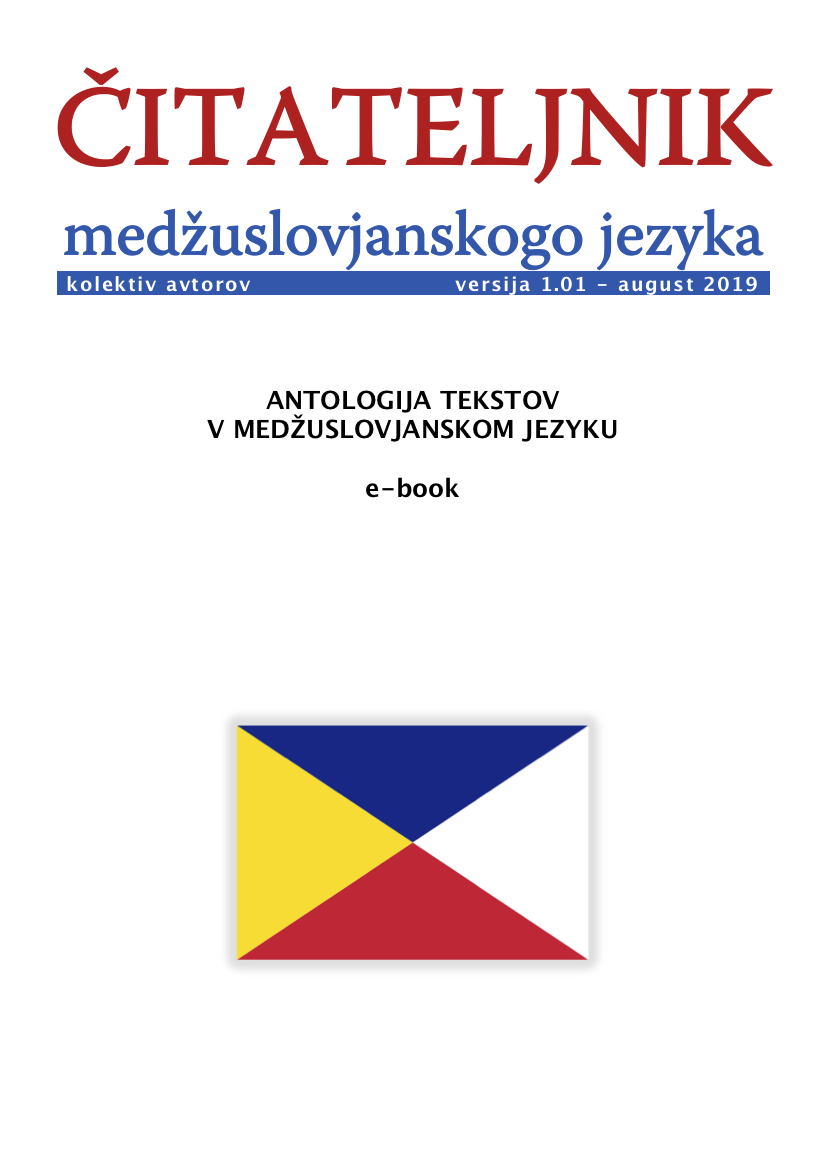
This is a chapter of the Interslavic reader which is a collection of working texts for teaching the Interslavic language. / Tuto jest kapitola iz čitateljnika, ktory jest spisok tekstov do učenja medžuslovjanskogo jezyka.
More...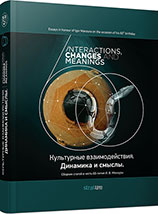
More than eight years ago A. A. Romanchuk, basing on the analysis of archaeological, paleobotanical and linguistic data, suggested the localization of the Dene-Sino-Caucasian Motherland in Eastern Eurasia. The “East-Eurasian hypothesis” of Dene-Sino-Caucasian Motherland had found new confirmations from the analysis of physical anthropology’s data: odontological and craniological ones.The previous results suggest the localization of Dene-Caucasian Motherland in the area of so-called “Chinese-Siberian Late Upper Paleolithic”.This article presents main results of verification of East-Eurasian hypothesis of Dene-Caucasian Motherland through the light of genogeographical data — investigations of haplogroups of Y-chromosome, first of all. The genogeographical data support the East-Eurasian hypothesis. So, we come to conclusion that the spread of R haplogroup from Eastern Eurasia into the western parts of continent, which occurred in the end of Late Pleistocene — Early Holocene, was closely related with Sino-Caucasian peoples.
More...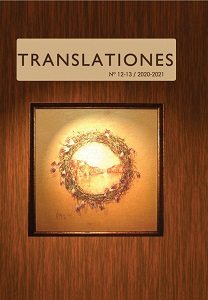
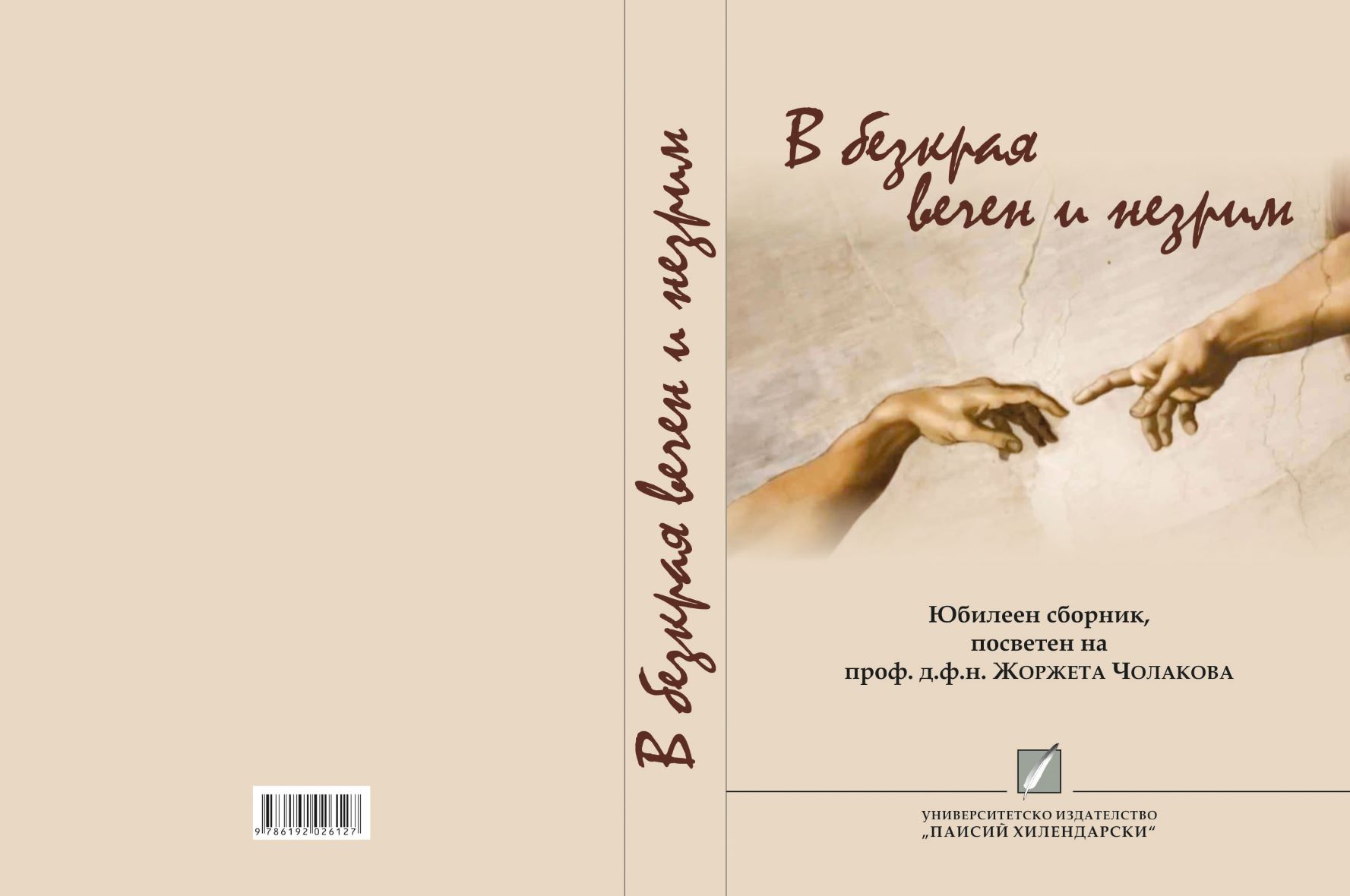
The study focuses on Zmey Goryanin’s historical novels and its aim is to reveal the author’s creative inclination by analyzing the linguistic and stylistic features of his works. The rich palette of linguistic means, exquisite style and aestheticism determine the significant place of the writer in Bulgarian fiction in the first half of the 20th century.
More...
The present paper discusses encyclopedic and other non-lexicographical information in the first edition of the Serbian Dictionary by Vuk Stefanović Karadžić (Karadžić, 1818). The paper discusses the volume and the nature of such information. It furthermore explores the faith of these information in a series of dictionaries that continue the tradition established by the aforementioned Karadžić’s dictionary (i.e. Karadžić 1852, JAZU 1880-1976, САНУ 1959-, RMS 1967-1976, RSJ 2011). The paper also addresses the place of these non-lexicographic information in the present-day publications and how they gradually disappeared from the dictionaries. The corpus of non-lexicographic elements in Karadžić, 1818 encompassed only the information that would today not be considered a legitimate part of the dictionary macrostructure. This excludes various other phenomena, e.g., folk songs as examples, which would, according to good lexicographic practice of today be considered too long or dysfunctional, long-winded, and dysfunctional definitions, etc. (but still legitimate parts of the microstructure). The analysis reveals that the major turning point where non-lexicographical information start to be abandoned was JAZU 1880-1976, although some of these information can be found in later dictionaries. It has also been demonstrated that in today’s publishing practice, these information would be found in most diverse sources, from encyclopedias, to ethnographic prose to newspapers and magazines. The separation of encyclopedic from lexicographical information is seen as a consequence of the changes in establishing authority in dictionaries.
More...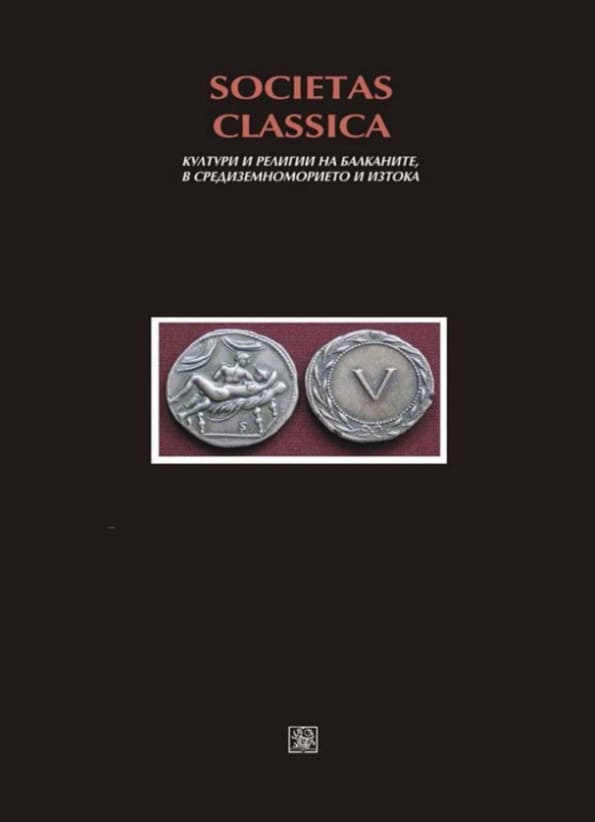
Based on Old Greek and Latin, clinical terminology has been developing for thousands of years, which has led to imagery infiltrations in term names from different eras. Clinical terms, formed through metaphorization, are distinguished according to various criteria: method of formation, scope of the metaphor, detectability of the metaphor, type of the lexical units, used for secondary nomination. Different types of terms have a different mechanism of metaphoric transferal, as well as presence and strength of the metaphor. This study focuses on eponymous metaphors, constructed on the basis of mythological and literary imagery, combining two methods of nomination – eponymous and metaphoric. This study identifies the two main types of terms in this group – mythological eponymous metaphors and literary eponymous metaphors. We discuss the similarities and differences between metaphors and eponymous metaphors, on the one hand, and between ordinary eponyms and mythological or literary eponyms, on the other. The different ways of constructing the mythological and literary eponymous terms are examined and their specific mechanism of metaphorical transferal is explored. The methods of creating the outer form of the terms are established – either by an eponymous construction or by means of adding affixes. A distinction is also made on the basis of their inner form, which defines them as metaphors with obvious imagery and metaphors with hidden imagery. The study of the metaphorically formed terms in medical and, in particular, in clinical terminology has an informative, cognitive, and didactic meaning in the general discourse of the academic medical education.
More...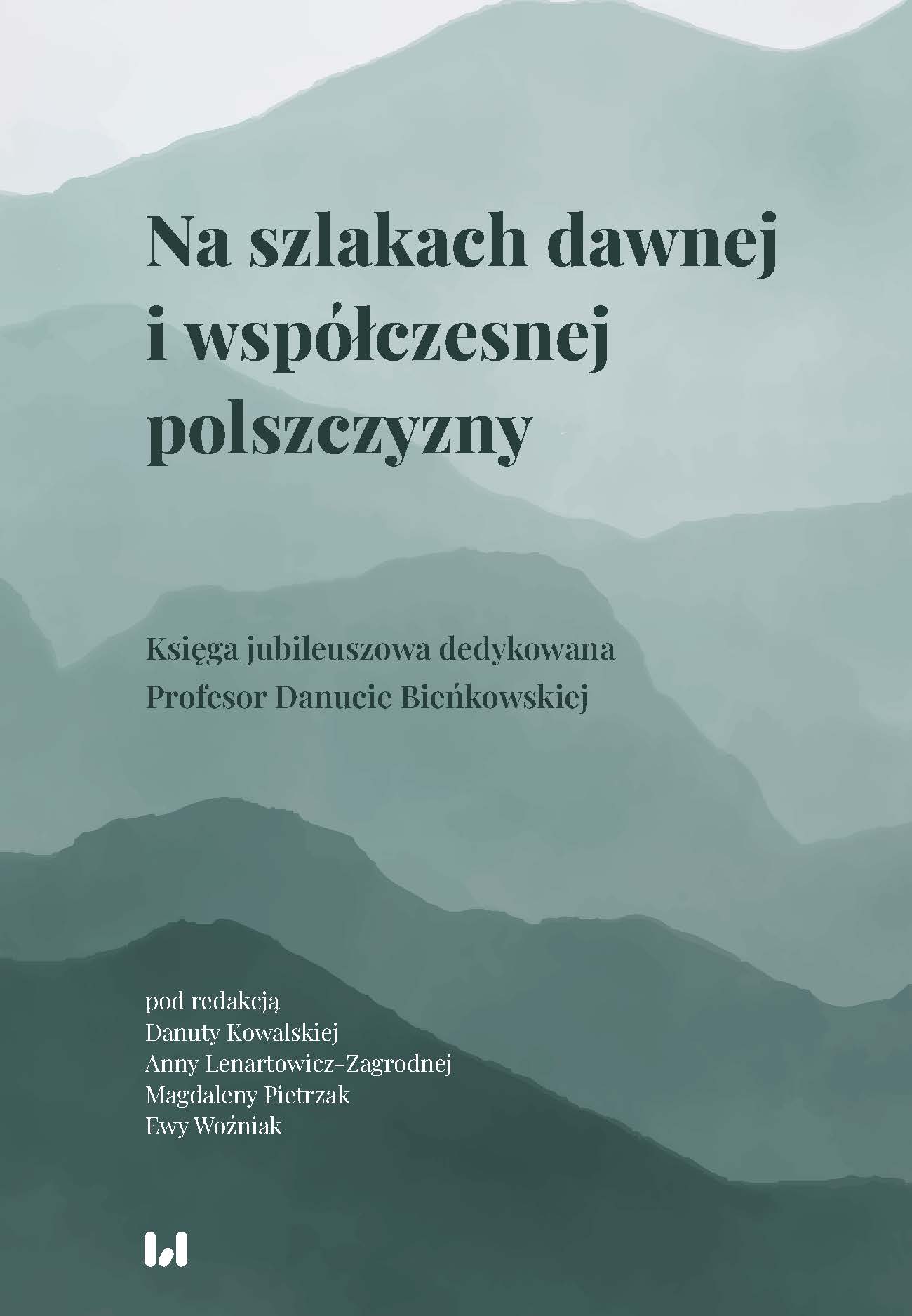
The aim of the article is primarily to present the etymology of the names and surnames of the Jubilarian as well as the way these onimas function both historically and today. The source material for analysis was excerpted from dictionaries of the Polish language: etymological, general (explanatory: historical and contemporary dictionaries), phraseological, and onomastic.
More...
The article presents the results of the research of Danuta Bieńkowska, a linguist from Łódź, on the issue of Polish biblical style. For this purpose the author recalled the main results and findings made by Bieńkowska in the monograph Polish Biblical Style (2002) published 20 years ago, which was the first attempt at a synthetic approach to this issue in the Polish language. The author of the study drew attention to three dimensions of this work, which, from the contemporary perspective, have the following character: 1. permanent, 2. constituting a field for discussion and 3. opening perspectives for further research in this field.
More...
The meaning of the Greek lexeme φύραμα (or Latin massa) in Rom 11:16, 1 Cor 5:6 and Gal 5:9 - ‘any substance mixed with water and kneaded; a mass, lump’ – only generally indicates the referent. Therefore, in Polish biblical Renaissance translations, it has several synonymous equivalents: ciasto – przymieszanie – rozczyna – rozmieszenie – zaczynienie – zadziałanie – zamies – zamieszanie.In the New Testament of Jakub Wujek from 1593 (Wuj93) there are three of them: ciasto, zaczynienie, zadziałanie. Textual distribution of equivalents of Greek φύραμα or Latin massa in Wuj93 is a result of a philological translation strategy, which consits in revealing the meaning of the Latin translation text basis also by confronting it with the Greek New Testament text. The equivalent ciasto is attested in earlier Catholic renderings of 1556 and 1561. The other two equivalents are attested in Protestant New Testament renderings –zaczynienie in the Anti-Trinitarian one from 1577, zadziałanie in the Calvinist one from 1563. The textual provenance of these equivalents are less relevant to their semantic adequacy in specific biblical contexts.However, in the New Testament in the Bible of Jakub Wujek from 1599 (Wuj99) in all biblical contexts only one equivalent was used: ciasto, attested in the earlier Catholic renderings. The Jesuit censorship commission led by Stanisław Grodzicki, which revised Jakub Wujek's translation, chose a literal translation strategy. The rendering should be strictly in line with the Latin Clementine Vulgate (1592). As a result, the contextual synonymous equivalents of Latin massa (i.e. ciasto, zaczynie, zadziałanie) were replaced with one lexeme only (i.e. ciasto).
More...
In his “Słownik języka polskiego” (vols 1-6, Warsaw 1807-1814) S. B. Linde included a large number of quotations from Polish 16th and 17th century Bible translations. They illustrate the semantic meaning of numerous words of the Polish language but also show alternative translation choices thanks to quoting parallel extracts from two or more Bible versions. Linde not only rendered great services for Polish and Slavic lexicography, but also pioneered philological research on Polish Bible translations. In addition, the lexicographer was interested in the translations of Luther and Skoryna, Lithuanian bibles and the Gothic New Testament of Ulfilas.
More...
This paper attemps to characterize the language of the latest Catholic translation of the Holy Scriptures, i. e. the Bible edited by the Society of Saint Paul (2008). The translation strategies adopted by the translators are discussed in respect of: 1) the translation of Polish Biblical style (established by the Rev. Jakub Wujek), 2) the tradition of the Millennium Bible (1965). The aim is to show the extent to which the translators managed to fulfil two postulates that are usually difficult to reconcile: faithfulness to tradition and comprehensibility of language. In the Millenium Bible the postulate of faithfulness is often fulfilled at the expense of comprehensibility. The Paulist Bible is a response to the challenges posed by the contemporary culture; it is meant to convey Biblical ideas in language appealing to the contemporary recipient. The author uses selected samples to illustrate how the Paulist Bible departing from the method of literal translation, manifested in, e.g., reflecting Semitisms, does not abandon the principle of fidelity and remains consistent with the idiosyncrasies of the Polish Biblical style.
More...
This study focuses on a rhymed adaptation of the four gospels, Jezusa Chrystusa Zbawiennego Pana Nowina Wspaniała wierszem rozgłaszana [Jesus Christ the Saviour and the Lord’s Gospel Most Magnificent in verse], published in Krakow in 2017 by Antoni Gazda under the pseudonym of Bogurym Polski. Subject to discussion are selected conventionalized constructions representing quotation variants: continuous linguistic units and textual sequences of different text genre status (biblicisms in the broader sense), established in the Polish language and disseminated in social discourse, e.g. “like sheep without a shepherd; the harvest is plentiful, but the labourers are few; no one can serve two masters; you cannot serve God and mammon; friend, go up higher; come to me, all you who labour and are heavy laden, and I will give you rest; learn from me; for I am gentle and lowly in heart; my yoke is easy and my burden is light; for all things are possible with God; by their fruits you shall know them; in my Father's house are many rooms; even now the axe is laid to the root of the trees.” The biblical phraseology treated as one of the basic exponents of the Polish biblical style in Bogurym Polski's work is preserved on a general scale, which can be interpreted as a general indication of compliance with the hieratic translation tradition. Individual modifications of biblicisms are those necessitated by the poetic form of the work. The basic types of change are addition of component(s) and changes in word order.
More...
The paper discusses the current studies on the influence of individuals on the Polish language and proposes directions for further research on this issue, resulting mainly from methodological (change of linguistic paradigms: a new concept of language, the need to take into account the internal differentiation of the idiolect), historical (multiple types of influencing a language) and cultural (new language models of Poles) premises. The following postulates have been formulated:1. to study the influence of various variants of idiolects, not only its artistic variation; 2. to compare them with the appropriate variant of the Polish language; 3. to consider the relationship of an idiolect/idiostyle and a language of the community in a strictly synchronous perspective; 4. to consider all possible types of influence on a language of the community; 5. to take into account different levels of language and linguistic phenomena, and well as attitudes towards language.
More...
The subject of considerations of this article are 16th-century feminine names (feminatives) formed with the suffixes ”-i/-yc(a)” and ”-nic(a)”, and derived primarily from masculine personal nouns (masculinatives) ending in ”-ec”, ”-ic”, “-ik”, and ”-nik”. The three female suffixes form nouns belonging to the categories of agents, attributive names, and affinity names. The research material was excerpted from the ”Słownik polszczyzny XVI wieku” [SPXVI, ”The Dictionary of 16th-Century Polish Language”] and included 68 lexemes in 1,097 uses. For the authors, the purpose of the research was to interpret selected 16th-century feminatives by subjecting them to formal historical word-formation analysis, using the lexicographic description contained in SPXVI and other historical lexicons. The analysis was supplemented with an attempt at painting the linguistic image of the woman of the Renaissance era. In the material discussed, the most represented group were the ”nomina attributiva”, an explicatively difficult category. On the other hand, the least represented group were the affinity names. The research demonstrated that modifying derivatives (so-called simple feminatives) were the most frequent in the group of names studied, more than half of which originated in the 16th century. Although some of the examples are nonce words, this fragmentary overview of 16th-century material allowed the authors to formulate several conclusions about the image of the woman of the era, both in the professional context and in the stereotypical perception.
More...
The purpose of the article is to show the difficulties involved in compiling the Latin-Polish dictionary of Bartholomeus de Bydgostia. Based on selected entries, the differences between the Latin and Polish parts are shown. They result from the different way of defining the Latin entries, whose author was the German humanist J. Reuchlin, and the nature of their Polish explanations added by Bartholomew. Very often, Latin headwords are explained by close synonyms of both Latin and Polish words, which do not form a coherent whole. For this reason, the meaning cannot be precisely determined for all words.
More...
The observation of scientific texts from the nineteenth century, devoted to the history of Poland and the Polish language, presents a tendency to use various manners of rhetorical provenance to create a message with a specific cognitive value, persuasive power and axiological character. Interest in this phenomenon is related to reflection on the scientific language of history and the paradigm of cognitive objectivity as well as the concept of linguistic distance. The use of various figurative transformations: metaphors, metonymies, hyperbolas, comparisons and metaphorical epithets in the works of historians in the 19th century turns out to be particularly puzzling. The publication of “Starodawnych prawa polskiego pomników” (from 1865, 1870) by Antoni Zygmunt Helcel was used as illustrative material. The legal historian expressed the content related to the discipline of knowledge he practiced, the research material as well as the methods and cognitive strategy of the researcher with suggestive, expressive tropes. They are proof of the erudition of the author who knows how to use the rich resource of elocutionary linguistic procedures. They also testify to the manner of expressing content adopted in a particular communicative community. The exploitation of tropes in a 19th-century scientific text does not contradict the postulated logic of inference and research intuition. As a result, an image of the nineteenth-century scientific discourse in the history of law is created in which the author does not avoid expressing his views clearly, unambiguous and expressive criticism, pictorial presentation of concepts and problems, and metaphorical determination of historiosophical foundations and historical ideas. At the same time, he declares and adopts the attitude of impartiality and objectivity.
More...
The aim of the article is a preliminary analysis of Polish veterinary terminology that is noted in the most important 19th-century lexicon of Polish medical terminology, i.e. in “Słownik terminologii lekarskiej polskiej” [“Dictionary of Polish Medical Terminology”] of 1881. The description of the material beginning with the letter P resulted in the conclusion that Polish veterinary terminology is still very strongly connected with the Polish medical terminology of the time and is at the same stage of development and transformation as Polish medical terminology. This means that Polish veterinary terminology: 1) is largely native, 2) there are still fluctuations in the limits of terms, 3) synonymy is present in it, albeit on a smaller scale, 4) there is no polysemy in it, 5) it is created mainly through morphological derivation.
More...
The article is an attempt to show how young people understand the content of Bogurodzica, which fragments of the hymn cause the most problems for contemporary audiences and how large a group of respondents it applies to. The study was conducted on a group of more than one hundred second-year students of Polish philology at the University of Gdansk, who were asked to translate the Old Polish text accurately into the modern one. An analysis of the Polish language textbooks used by the respondents during their secondary school education was also carried out. It shows that the work Bogurodzica was translated into contemporary language in the textbooks. The analysis of selected fragments of translations of Bogurodzica allows us to conclude that the text is not properly understood by Poles, even those who have recently learned the work at school. The article is critical of the school’s confining themselves to analysis of the contemporary text of the work, which does not allow the artistry of Bogurodzica to be grasped — the rhymes, the rhythm, as well as learning the linguistic layer of the oldest fatherland song.
More...